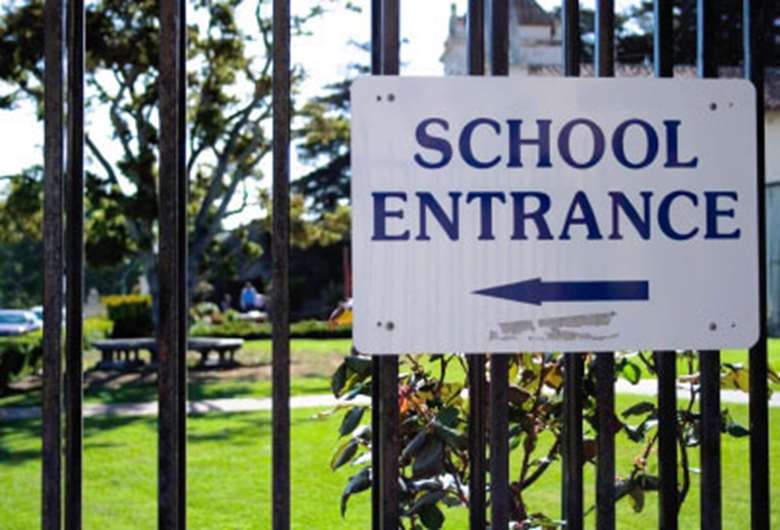Shake up of school funding to create fairer system
Thursday, December 15, 2016
Plans to reform school funding to end ‘a historical postcode lottery’ will see a redistribution of money with schools in big cities like Manchester, and London boroughs losing out in favour of schools in rural areas and suburbs.

The details are set out in the schools and high needs national funding formulae consultation, launched yesterday, which closes on 22 March. The national funding formula will be introduced in 2018 to 2019.
The Government said that the while the core schools budget has been protected in real terms since 2010, the system of distributing funding was unfair, opaque and outdated.
The new formula is intended to ensure that children with similar characteristics and similar needs attract similar levels of funding wherever they live.
The current system has resulted in unfairness across the country, the Department for Education said. For example, Coventry receives nearly £500 more per pupil than Plymouth, despite having the same proportion of pupils eligible for the pupil premium.
And at local level it was even worse, because each local authority sets a different formula to distribute funding, the DfE says. This means that a primary school in Cornwall teaching a pupil eligible for free school meals with English as an additional language would receive £3,389, whereas if the same child was at a school in Devon the school funding would be £4,718.
Education secretary Justine Greening said, ‘Our proposed reforms will mean an end to historical unfairness and underfunding for certain schools.
‘We need a system that funds schools according to the needs of their pupils rather than their postcode, levelling the playing field and giving parents the confidence that every child will have an equal opportunity to reach their full potential.’
The Department for Education said that more than 10,000 schools would gain funding, including more than 3,000 receiving a rise of more than 5 per cent, up to 3 per cent in per pupil funding in 2018/19 and a further 2.5 per cent in 2019/20.
No school will face a cut of more than 1.5 percent per pupil per year or 3 per cent per pupil overall.
However, teaching unions said that the funding was not enough.
Adrian Prandle, director of Economic Strategy and Negotiations at the Association of Teachers and Lecturers (ATL), said, ‘However the Government dresses up this new funding formula, half the schools in England will have their funding cut and around 90% of schools will have a real-terms cut to their funding.
‘The Government has not put the needs of children first in failing to come up with any additional funding for schools. This new schools funding formula will not give schools sufficient funding for children’s education. School budgets are already cut to the bone, with many schools already cutting staff, and, as the National Audit Office has confirmed, their costs have gone up because of increases in pensions and national insurance contributions, and many will also have to pay the Government’s new apprenticeship levy.’
The NAO report on the financial sustainability of schools, also published yesterday, highlighted that mainstream schools have to make £3.0 billion in efficiency savings by 2019-20 against a background of growing pupil numbers and a real-terms reduction in funding per pupil.
The National Union of Teachers predicted that in real terms 90 per cent of schools would be worse off after the reforms, including many in deprived areas.
Kevin Courtney, general secretary at the National Union of Teachers, said, ‘Far from being the levelling up that some councils and heads have demanded, this is a levelling down. Even the schools currently worst funded will see real terms cuts in this Parliament.
‘The Government’s proposed changes to the school funding system do not begin to address the key issue for schools, which is the Government’s imposition of the biggest real terms cuts in a generation.
'Funding cannot be "fair" if it is not sufficient. Even those schools gaining under the new system are likely to see those gains more than offset by the real cuts to school funding overall. All the Government can offer is a programme of real terms cuts, unevenly distributed – creating new problems in some areas and failing to tackle existing problems in the remaining areas. Refusing to address the problems caused by its programme of real terms cuts means the Government refuses to engage in the proper and objective discussion we need on how to fund schools to meet their real needs.’




